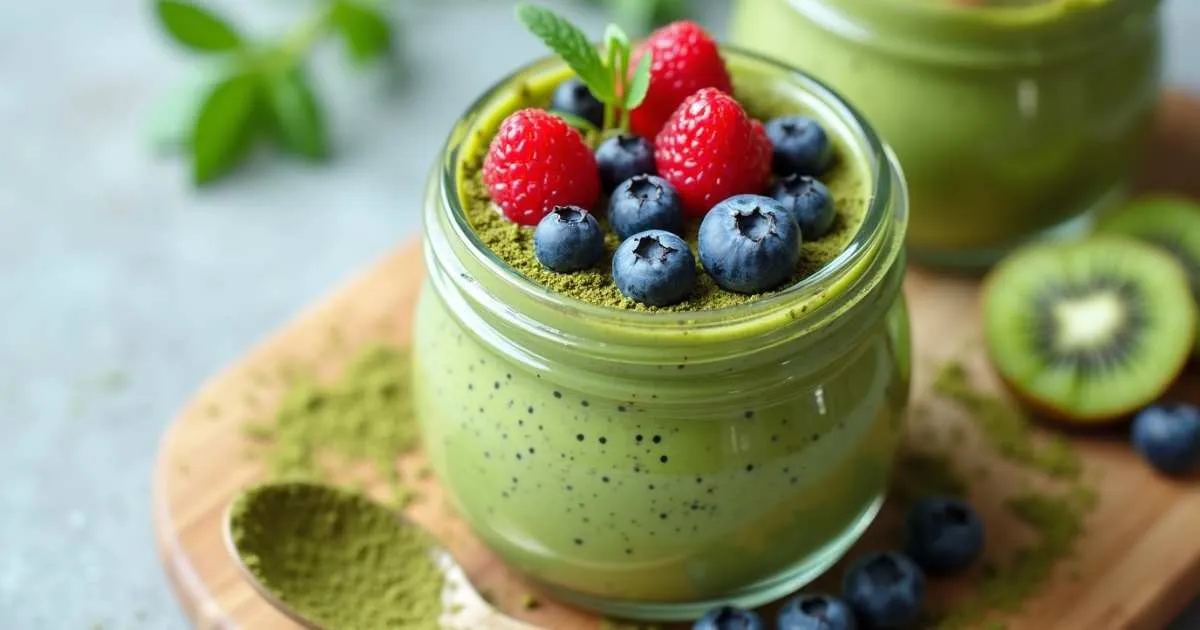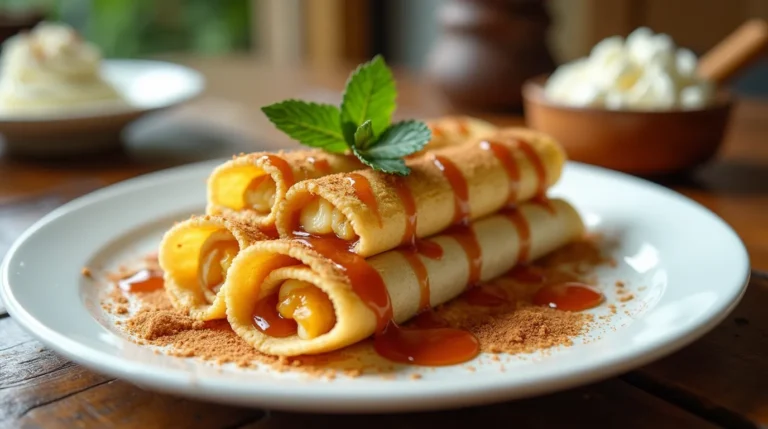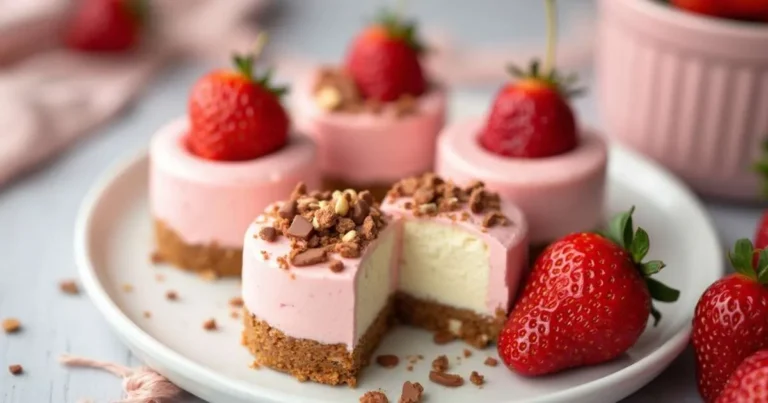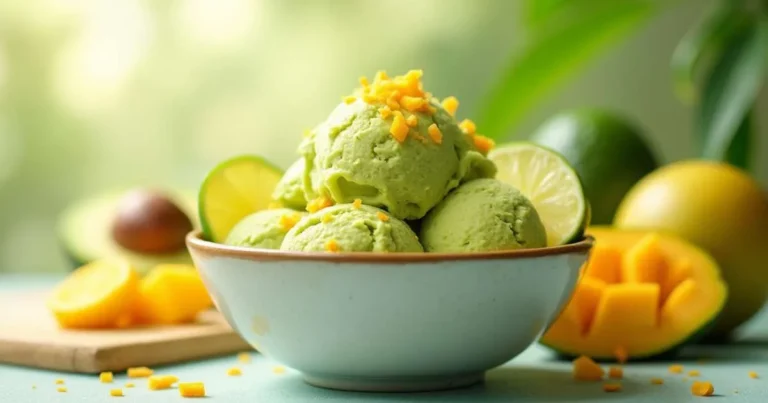5 Asian Desserts: Healthy, Guilt-Free Treats for Every Occasion
Desserts are a universal language of joy, a sweet finale to our meals that feels indulgent and satisfying. But when you’re trying to make healthier choices, finding desserts that align with your goals can feel challenging. Here’s the good news: Asian desserts combine timeless flavors with health-conscious ingredients, offering you the perfect blend of taste and nutrition. Whether you’re craving something creamy, fruity, or comforting, there’s a healthy Asian dessert just waiting to be discovered.
Table of Contents
What Makes Asian Desserts Stand Out as Healthier Choices?
Asian cuisine has long been celebrated for its harmonious use of fresh, natural ingredients, and desserts are no exception. What sets them apart is their unique ability to deliver sweetness without going overboard on refined sugar or processed components.
The Power of Natural Ingredients
Asian desserts often rely on the inherent sweetness of ingredients like fresh mangoes, coconut, and dates. Instead of heavy creams or artificial flavorings, you’ll find nutrient-packed staples like matcha (green tea powder), black sesame, and adzuki beans (red beans). These ingredients not only bring flavor but also offer a host of health benefits, from antioxidants to fiber.
Nutritional Balance
Unlike many Western desserts, which can be laden with fats and empty calories, Asian desserts aim for balance. Coconut milk provides healthy fats, sticky rice offers gluten-free carbs, and beans like mung or adzuki add a protein punch. The result? Desserts that satisfy your cravings while keeping you energized.
Top 5 Healthy Asian Desserts to Savor
Ready to explore some guilt-free options? These five desserts are perfect examples of how indulgence can meet nutrition.
1. Matcha Chia Seed Pudding
This vibrant green pudding is as delicious as it is Instagram-worthy. Matcha brings a slightly earthy flavor while chia seeds deliver omega-3s, fiber, and protein.
Ingredients (Serves 2):
| Ingredient | Quantity |
|---|---|
| Matcha Powder | 1 tsp |
| Chia Seeds | 3 tbsp |
| Unsweetened Almond Milk | 1 cup |
| Honey or Maple Syrup | 1 tsp (optional) |
Instructions:
- Whisk the matcha powder with a small amount of warm water until smooth.
- Combine the matcha, almond milk, chia seeds, and sweetener in a bowl.
- Let it sit for 10 minutes, then stir to prevent clumping.
- Refrigerate for 2-3 hours or overnight until thickened.
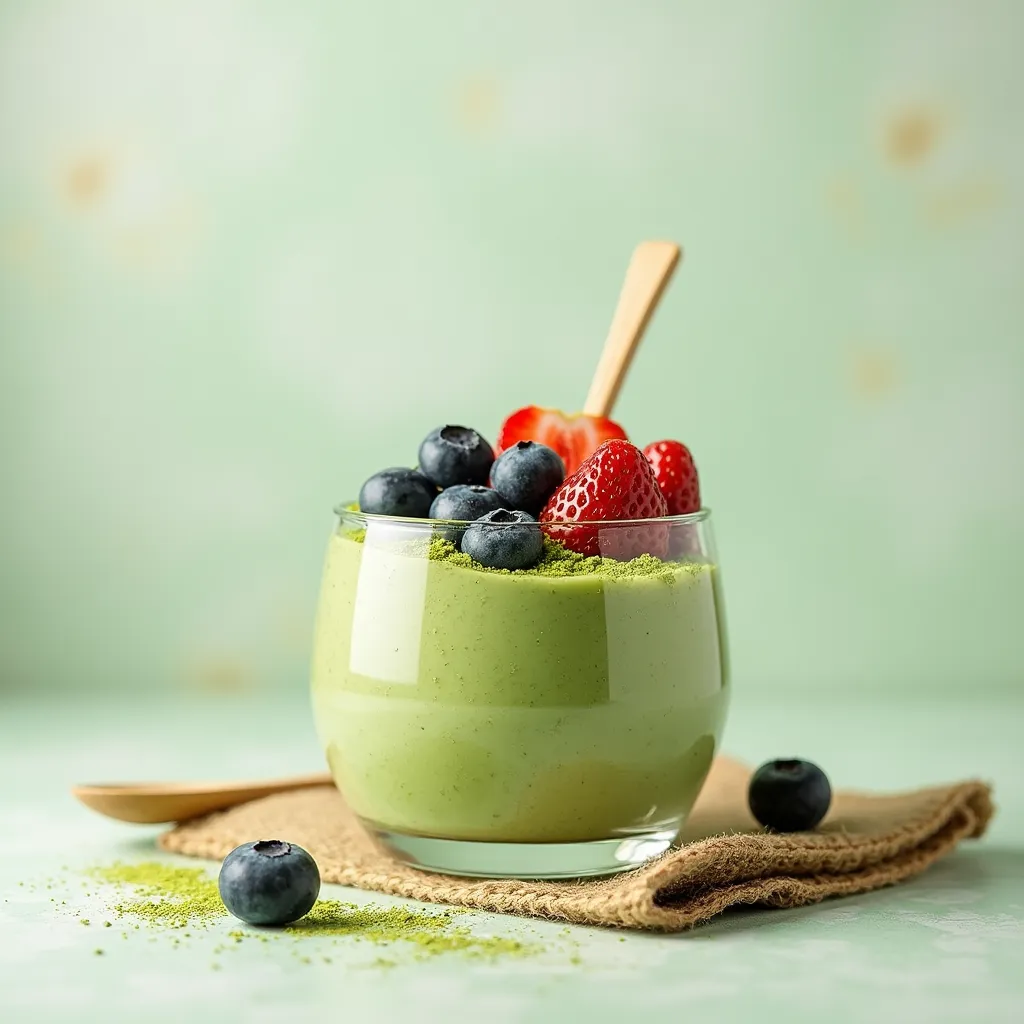
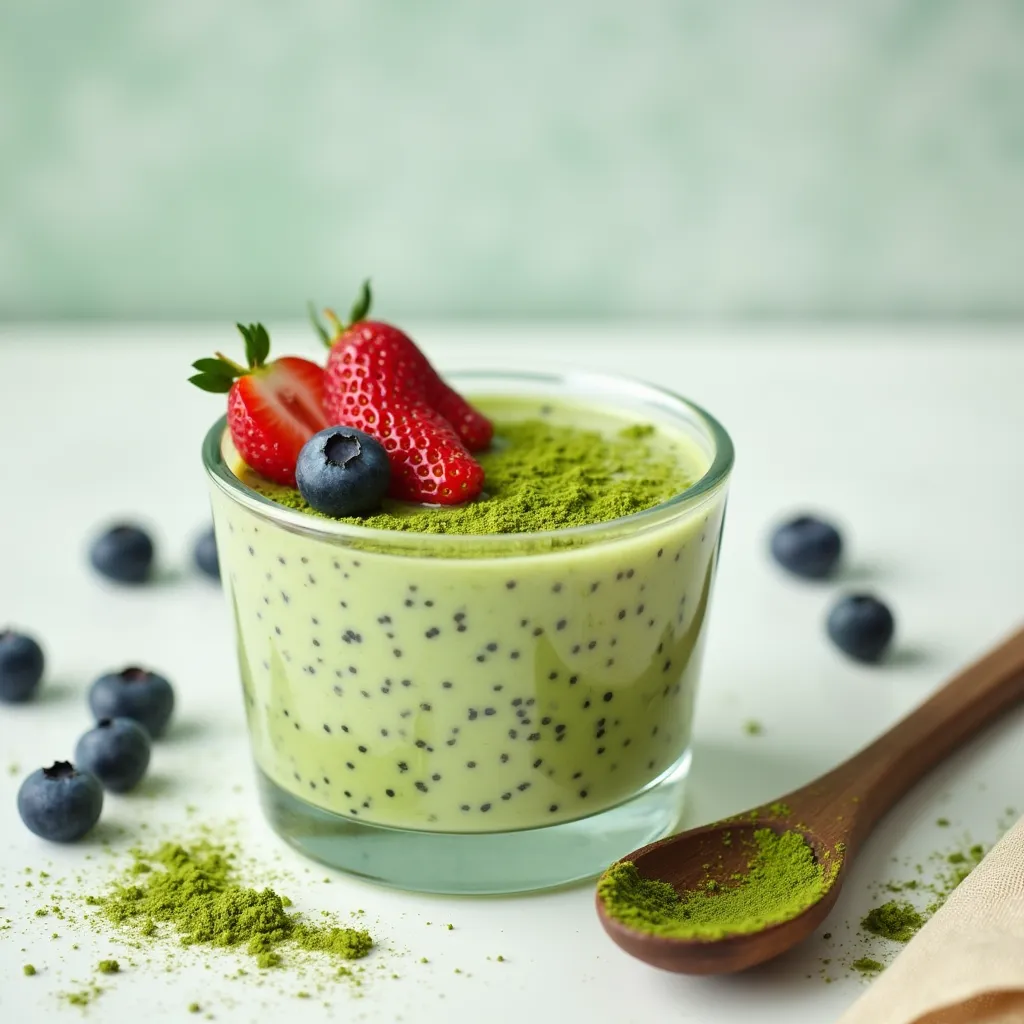
2. Mango Sticky Rice (Low-Sugar Version)
A classic Southeast Asian dessert, mango sticky rice pairs ripe, juicy mangoes with creamy coconut rice.
Why It’s Healthy:
- The rice is naturally sweetened with coconut milk and a touch of honey, eliminating the need for refined sugar.
- Mangoes are loaded with vitamin C and antioxidants.
Pro Tip: Use brown or black sticky rice for an added nutritional boost.
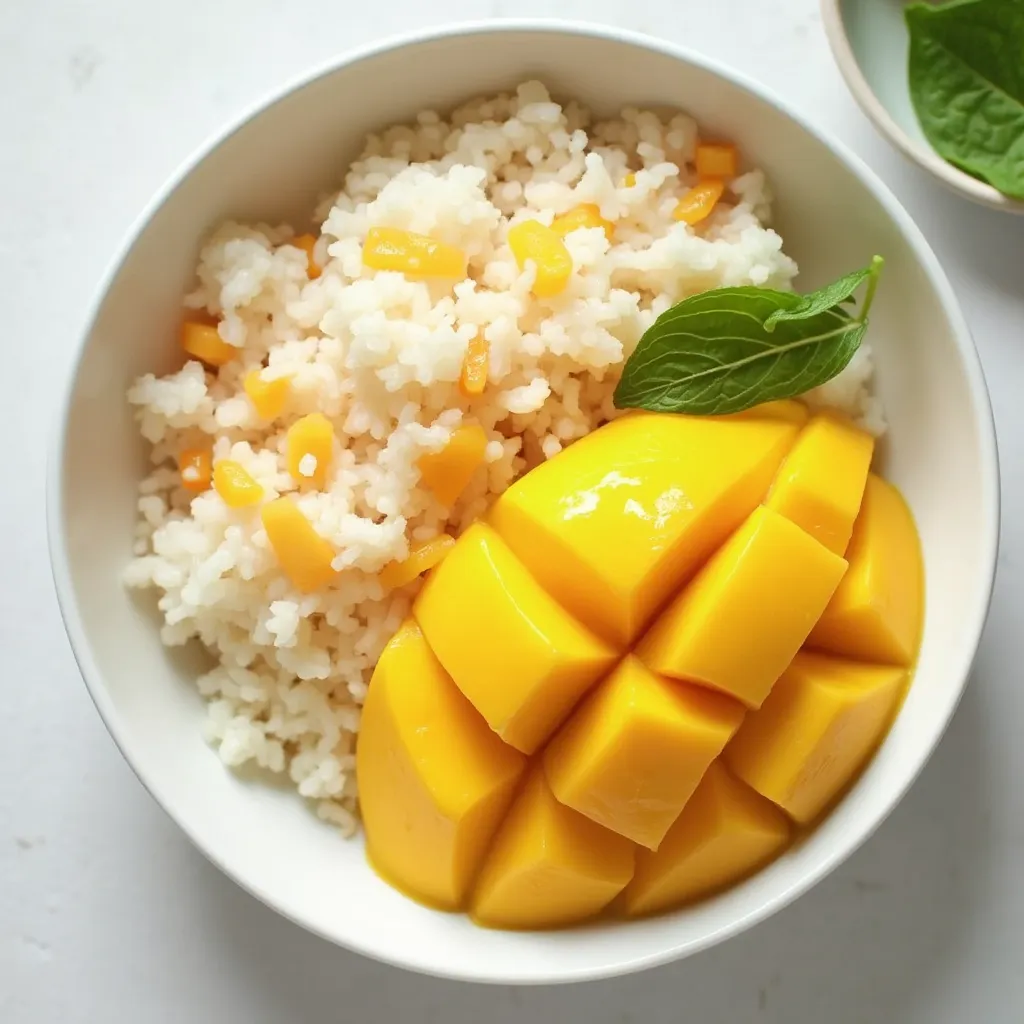
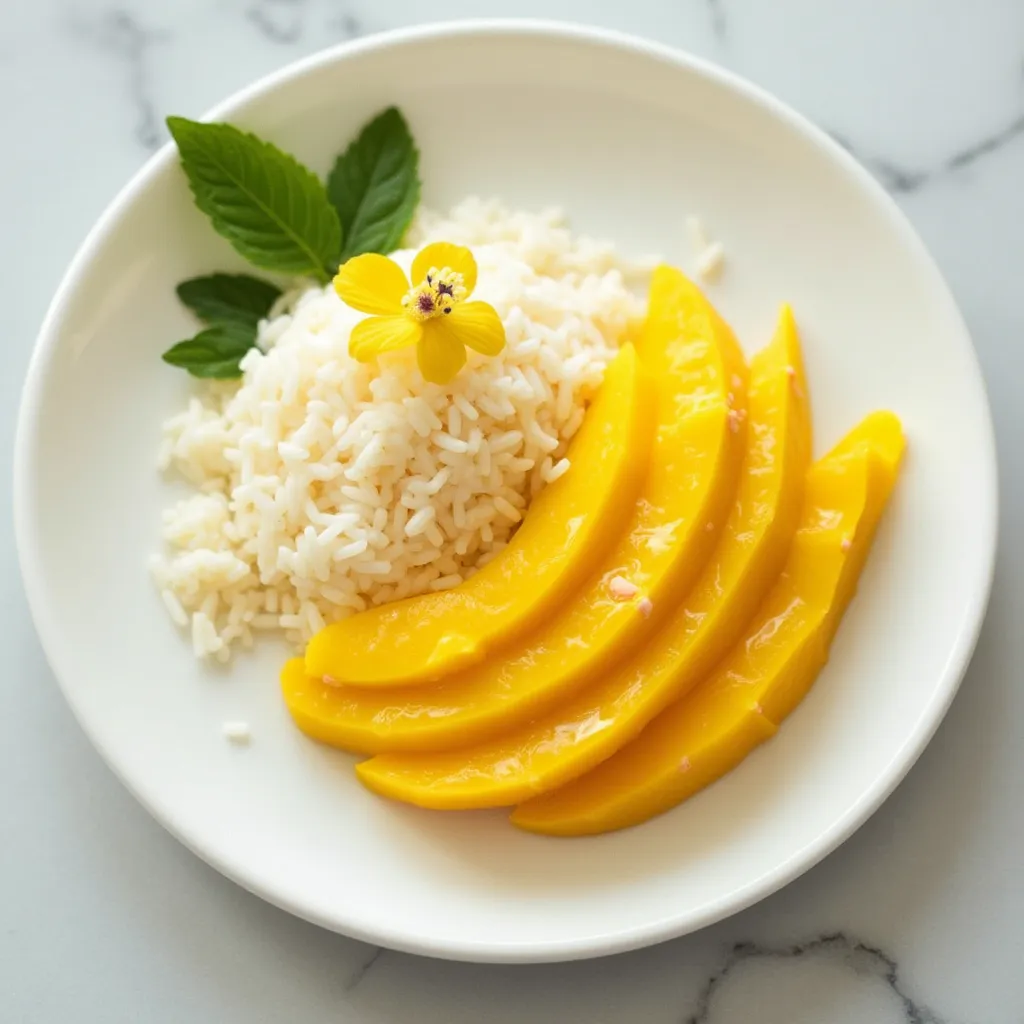
3. Black Sesame Soup
Perfect for a cold day, this warm dessert soup is a traditional Chinese treat known for its nutty, slightly bitter flavor.
Nutritional Benefits:
- Black sesame seeds are rich in calcium, iron, and magnesium.
- The soup contains minimal added sugars, relying on the natural flavor of sesame.
Serve it as a light dessert or a mid-afternoon snack to keep hunger at bay.
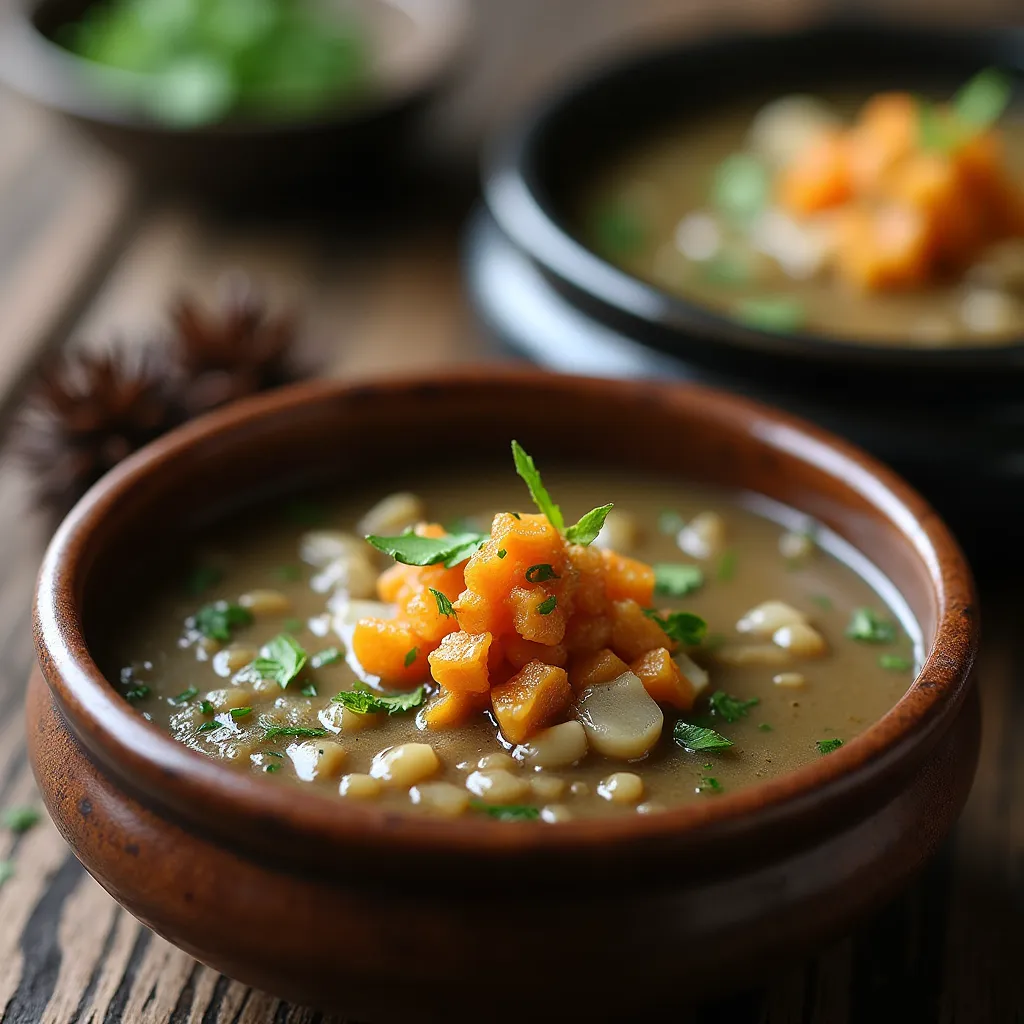

4. Coconut Milk Jelly
This jelly is as light as a cloud and as creamy as a dream. Plus, it’s completely dairy-free, making it a great option for vegans.
Ingredients:
| Ingredient | Quantity |
|---|---|
| Coconut Milk | 1 can (400ml) |
| Agar-Agar Powder | 1 tsp |
| Honey or Sweetener | 1-2 tbsp |
Mix, set in the fridge, and enjoy a silky, melt-in-your-mouth texture with a tropical twist.
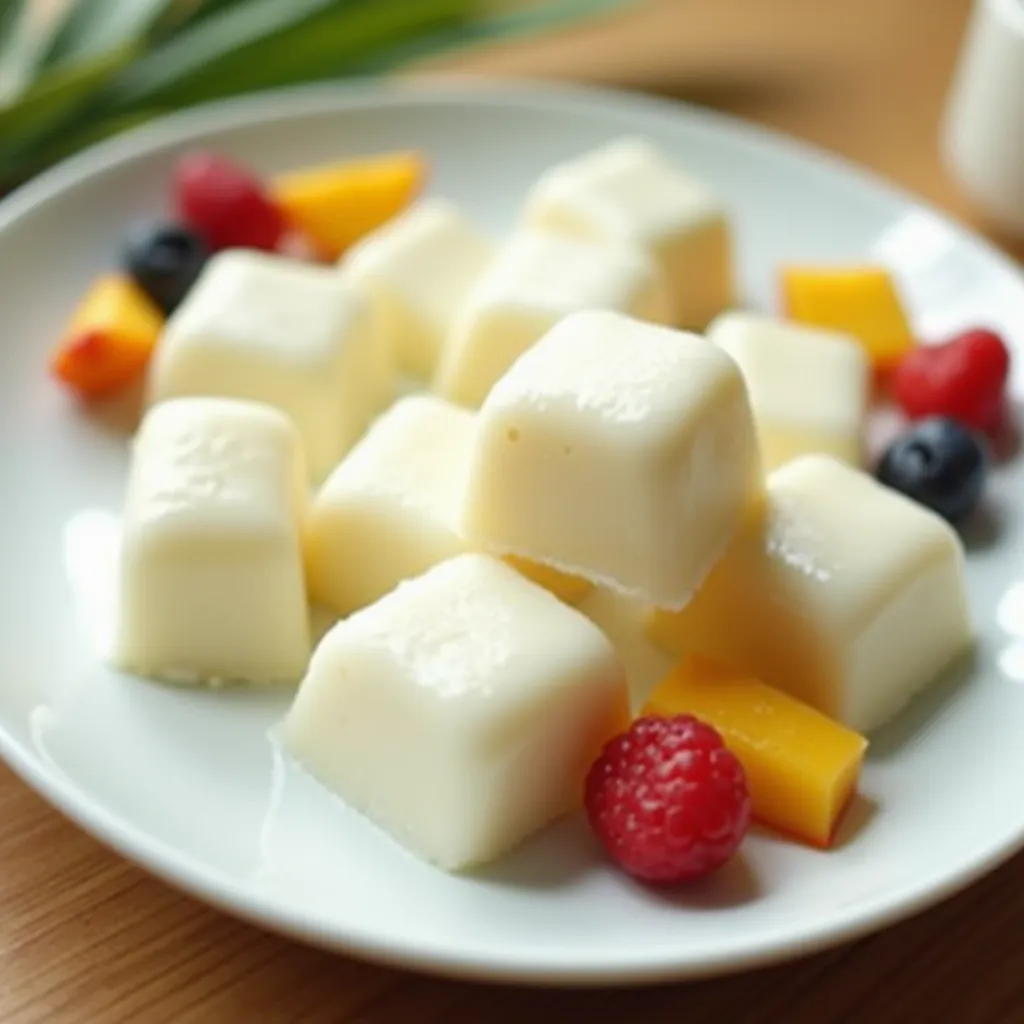

5. Red Bean Mochi Balls
Chewy on the outside and filled with sweet red bean paste, mochi is a Japanese dessert that’s as fun to eat as it is healthy.
Why It Works:
- Glutinous rice flour provides carbs for quick energy.
- The red bean filling offers protein and fiber to keep you fuller longer.
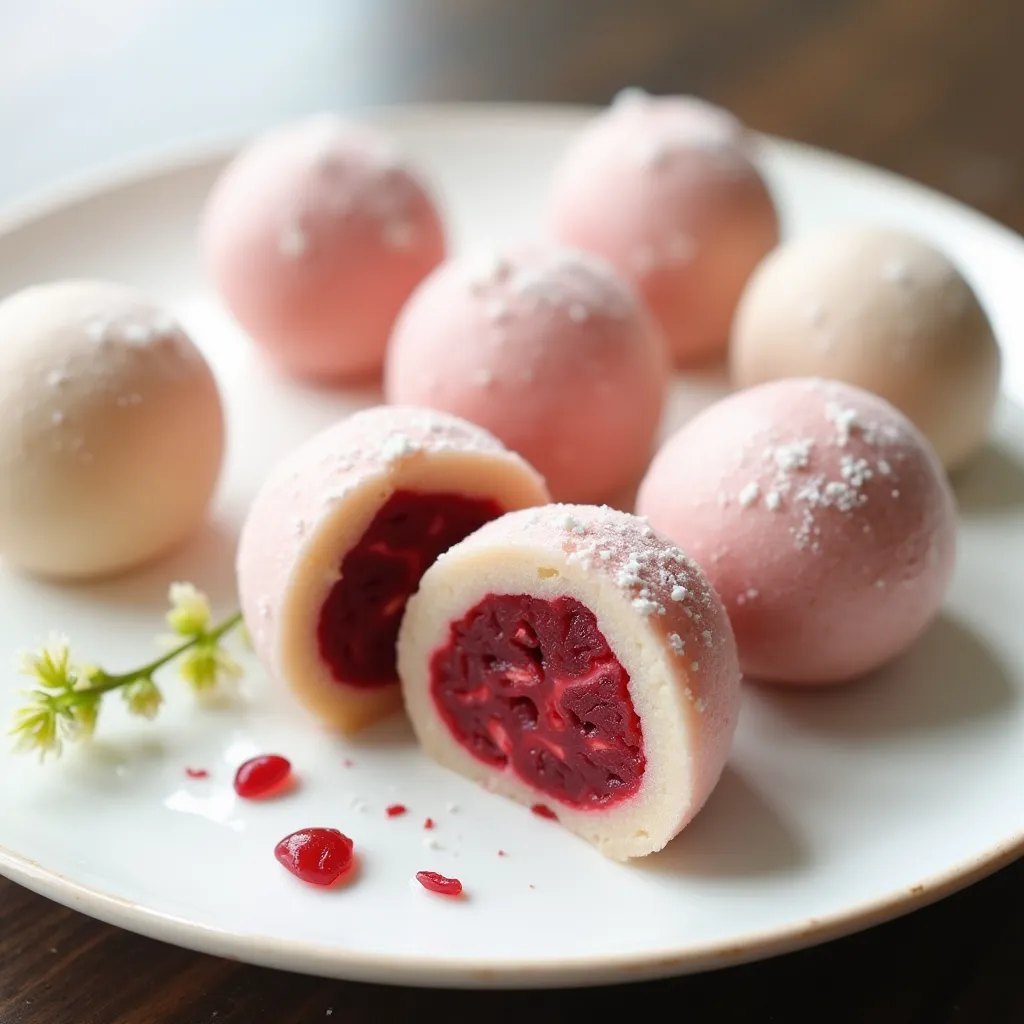
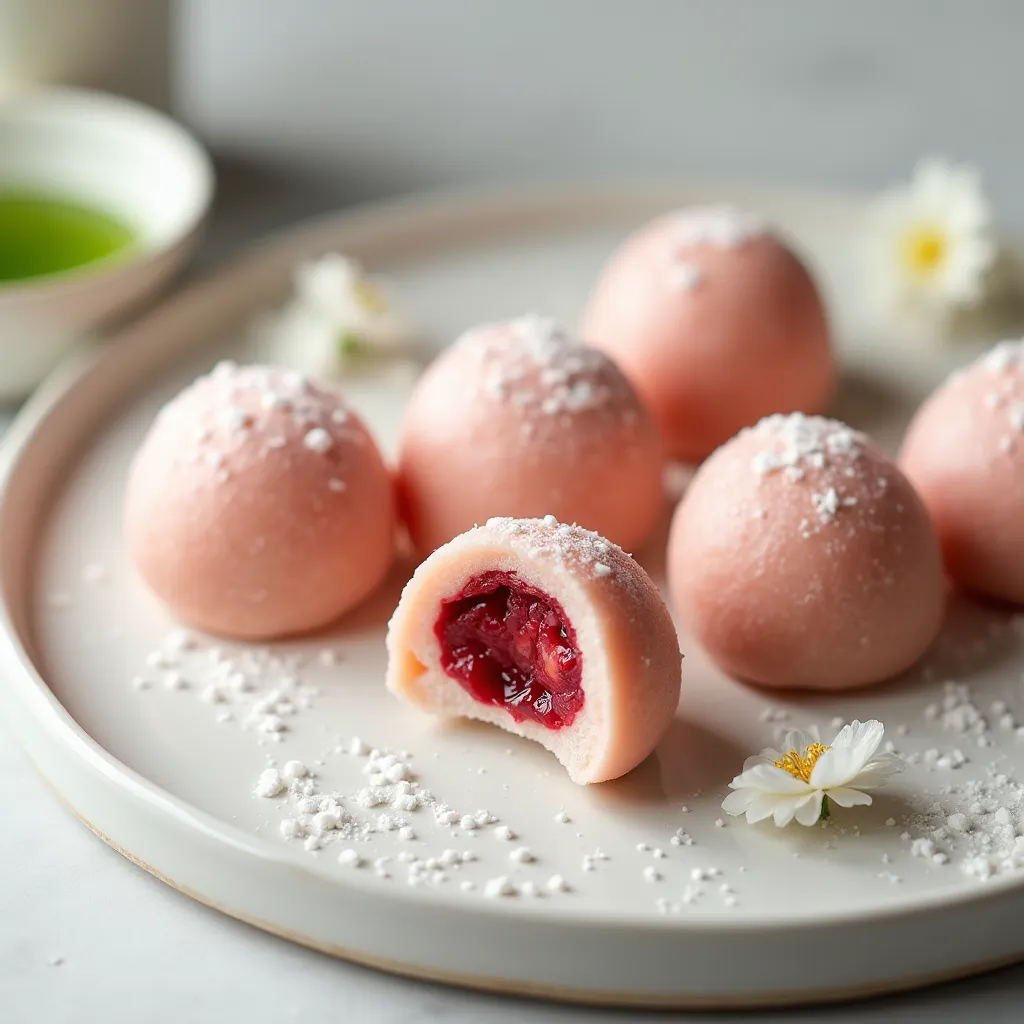
Tips for Making Healthy Asian Desserts at Home
If you’re inspired to recreate these desserts in your kitchen, keep these tips in mind to ensure they remain as healthy as possible:
1. Swap Ingredients Wisely
- Opt for natural sweeteners like honey, stevia, or monk fruit instead of refined sugar.
- Use light coconut milk for a lower-fat option.
- Incorporate whole-grain flours for added fiber and nutrients.
2. Prioritize Steaming and Baking
Many Asian desserts are steamed, which retains nutrients while avoiding the added fats of frying. Baking is another excellent alternative for recipes like buns or pastries.
3. Portion Control Matters
Even healthy desserts can add up if consumed in excess. Serve smaller portions and savor each bite mindfully.
Why Healthy Desserts Are More Popular Than Ever
The trend toward healthier eating isn’t just a passing fad—it’s a reflection of a more conscious approach to food. Here’s why healthy desserts, particularly Asian-inspired ones, are gaining popularity:
- Mindful Eating: People are becoming more aware of what they put into their bodies. Asian desserts align with this trend by focusing on natural ingredients.
- Plant-Based Diets: Many Asian desserts are naturally vegan or can be easily adapted, catering to the growing demand for plant-based options.
- Fusion Flavors: The unique flavors of matcha, sesame, and tropical fruits make these desserts stand out.
Conclusion: A Sweet and Healthy Future
Healthy Asian desserts prove that you don’t have to sacrifice flavor for nutrition. Whether you’re trying a creamy matcha pudding or a chewy mochi ball, these treats deliver satisfaction without the guilt. Start experimenting with these recipes today and treat yourself to desserts that nourish your body and soul.
Call to Action:
Feeling inspired? Try one of these recipes and share your creation on social media with the hashtag #HealthyAsianDelights. Let’s spread the love for these guilt-free goodies!
FAQ: Your Questions About Healthy Asian Desserts Answered
What Are Some Quick Healthy Asian Desserts I Can Make?
Chia pudding, coconut jelly, and fruit-based desserts like mango sticky rice are easy to prepare and require minimal cooking skills.
Can I Make These Desserts Gluten-Free?
Yes! Many traditional Asian desserts are already gluten-free, as they use rice flour or sticky rice instead of wheat.
Are These Desserts Suitable for Weight Loss?
When enjoyed in moderation, these desserts can be part of a balanced diet, especially if you focus on portion sizes and natural sweeteners.
Tried These Recipes? Share Your Thoughts!
There are no reviews yet. Be the first one to write one.

